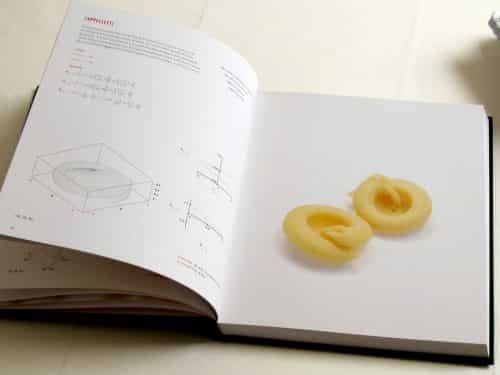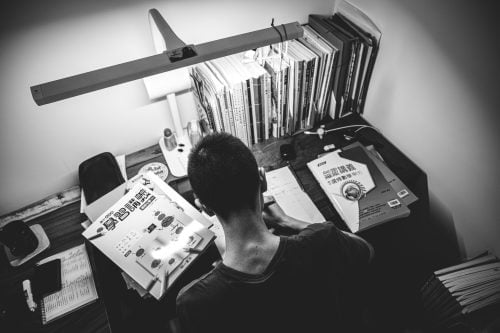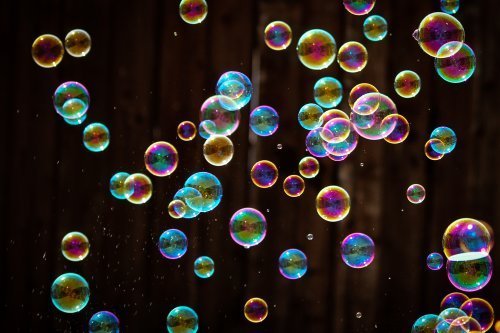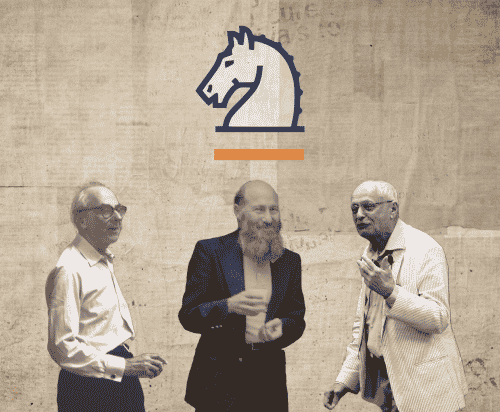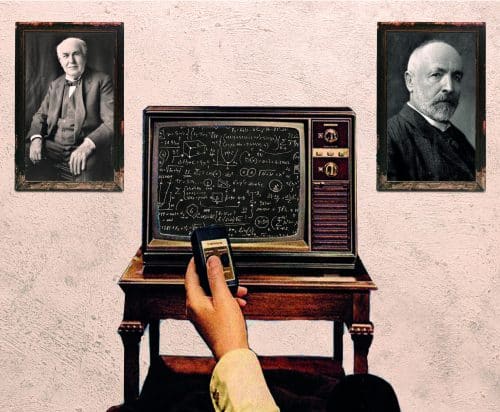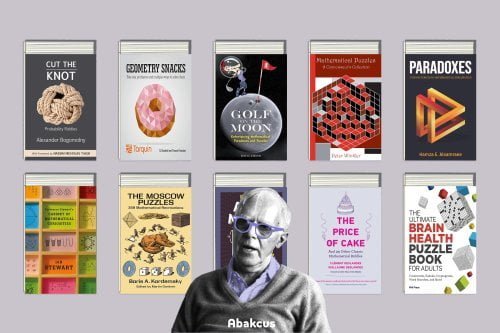In 1998, two teams of cosmologists observed dozens of distant supernovas and inferred that they’re racing away from Earth faster and faster all the time. This meant that — contrary to expectations — the expansion of the universe is accelerating, and thus the fabric of space must be infused with a repulsive “dark energy” that comprises more than two-thirds of everything. For this discovery, the team leaders, Saul Perlmutter of the Supernova Cosmology Project and Brian Schmidt and Adam Riess of the High-Z Supernova Search Team, won the 2011 Nobel Prize in Physics.
Fast forward to July of this year.
On a Monday morning three weeks ago, many of the world’s leading cosmologists gathered in Santa Barbara, California, to discuss a major predicament. Riess, now 49, strolled to the front of a seminar room to give the opening talk. A bulldog of a man in a short-sleeved box-check shirt, Riess laid out the evidence, gathered by himself and others, that the universe is currently expanding too fast — faster than theorists predict when they extrapolate from the early universe to the present day. “If the late and early universe don’t agree, we have to be open to the possibility of new physics,” he said.
At stake is the standard theory of the cosmos that has reigned since the discovery of dark energy. The theory, called ΛCDM, describes all the visible matter and energy in the universe, along with dark energy (represented by the Greek letter Λ, or lambda) and cold dark matter (CDM), showing how they evolve according to Albert Einstein’s theory of gravity. ΛCDM perfectly captures features of the early universe — patterns best seen in ancient microwaves coming from a critical moment when the cosmos was 380,000 years old. Since the Planck Space Telescope’s first map of this “cosmic microwave background” was released in 2013, scientists have been able to precisely infer a distance scale in the young universe and use ΛCDM to fast-forward from the 380,000-year-mark to now, to predict the current rate of cosmic expansion — known as the Hubble constant, or H0.
The Planck team predicts that the universe should expand at a rate of 67.4 kilometers per second per megaparsec. That is, as you look farther into space, space should be receding 67.4 kilometers per second faster for each megaparsec of distance, just as two Sharpie marks on an expanding balloon separate faster the farther apart they are. Measurements of other early-universe features called “baryon acoustic oscillations” yield exactly the same prediction: H0 = 67.4. Yet observations of the actual universe by Riess’s team have suggested for six years that the prediction is off.

That July morning in a room with an obstructed view of the Pacific, Riess seemed to have a second Nobel Prize in his sights. Among the 100 experts in the crowd — invited representatives of all the major cosmological projects, along with theorists and other interested specialists — nobody could deny that his chances of success had dramatically improved the Friday before.
Ahead of the conference, a team of cosmologists calling themselves H0LiCOW had published their new measurement of the universe’s expansion rate. By the light of six distant quasars, H0LiCOW pegged H0 at 73.3 kilometers per second per megaparsec — significantly higher than Planck’s prediction. What mattered was how close H0LiCOW’s 73.3 fell to measurements of H0 by SH0ES — the team led by Riess. SH0ES measures cosmic expansion using a “cosmic distance ladder,” a stepwise method of gauging cosmological distances. SH0ES’ latest measurement in March pinpointed H0 at 74.0, well within H0LiCOW’s error margins.
“My heart was aflutter,” Riess told me, of his early look at H0LiCOW’s result two weeks before Santa Barbara.




